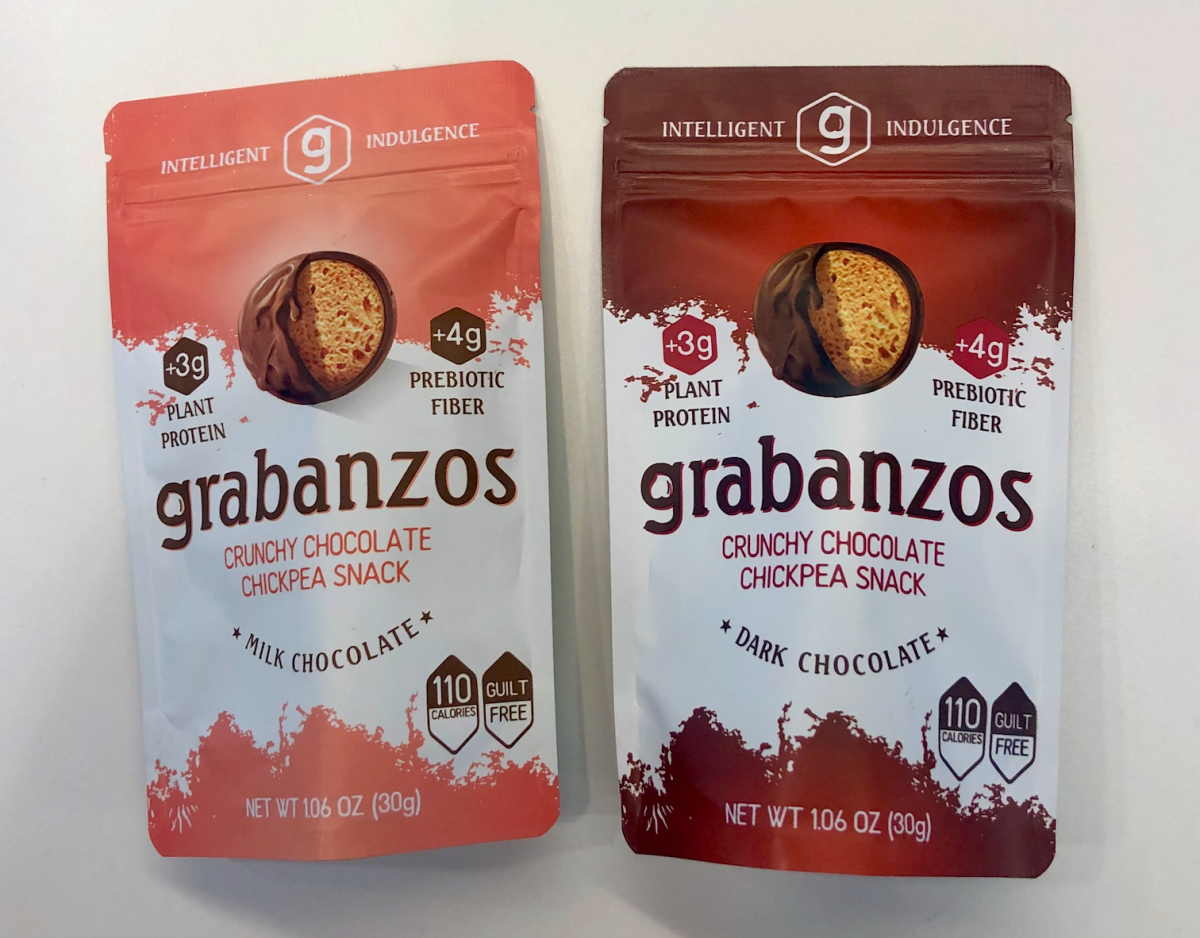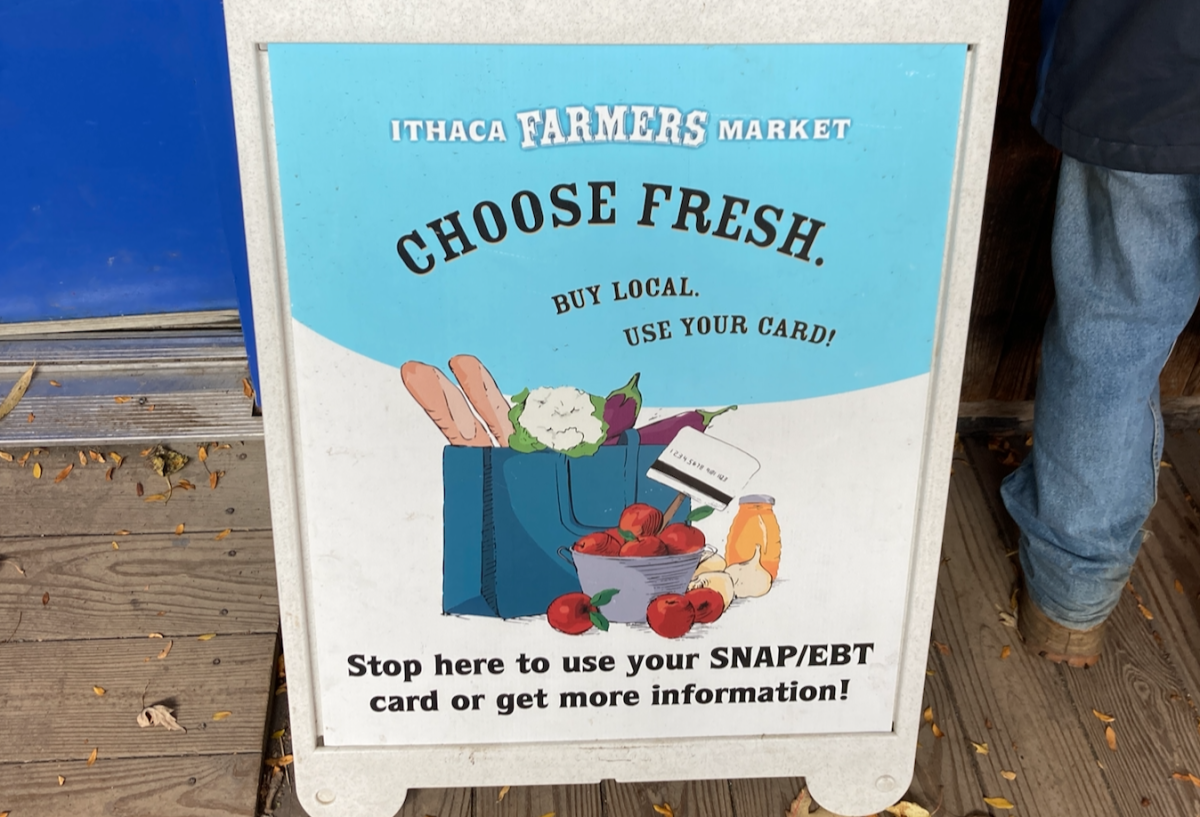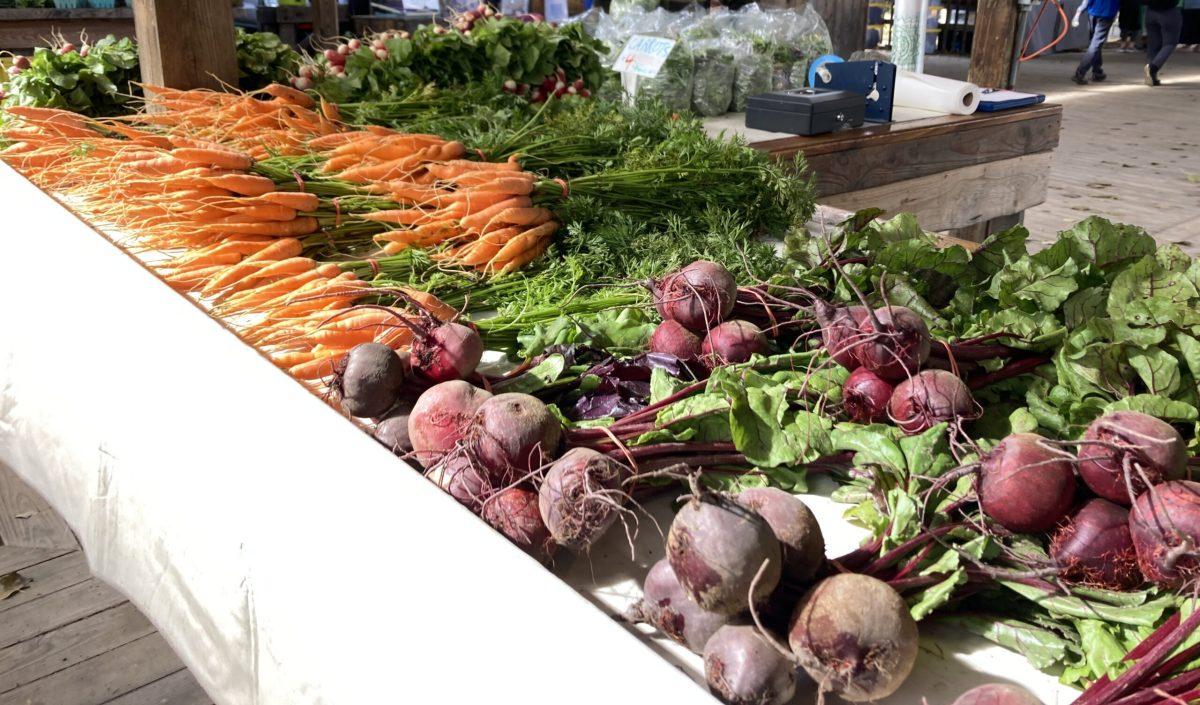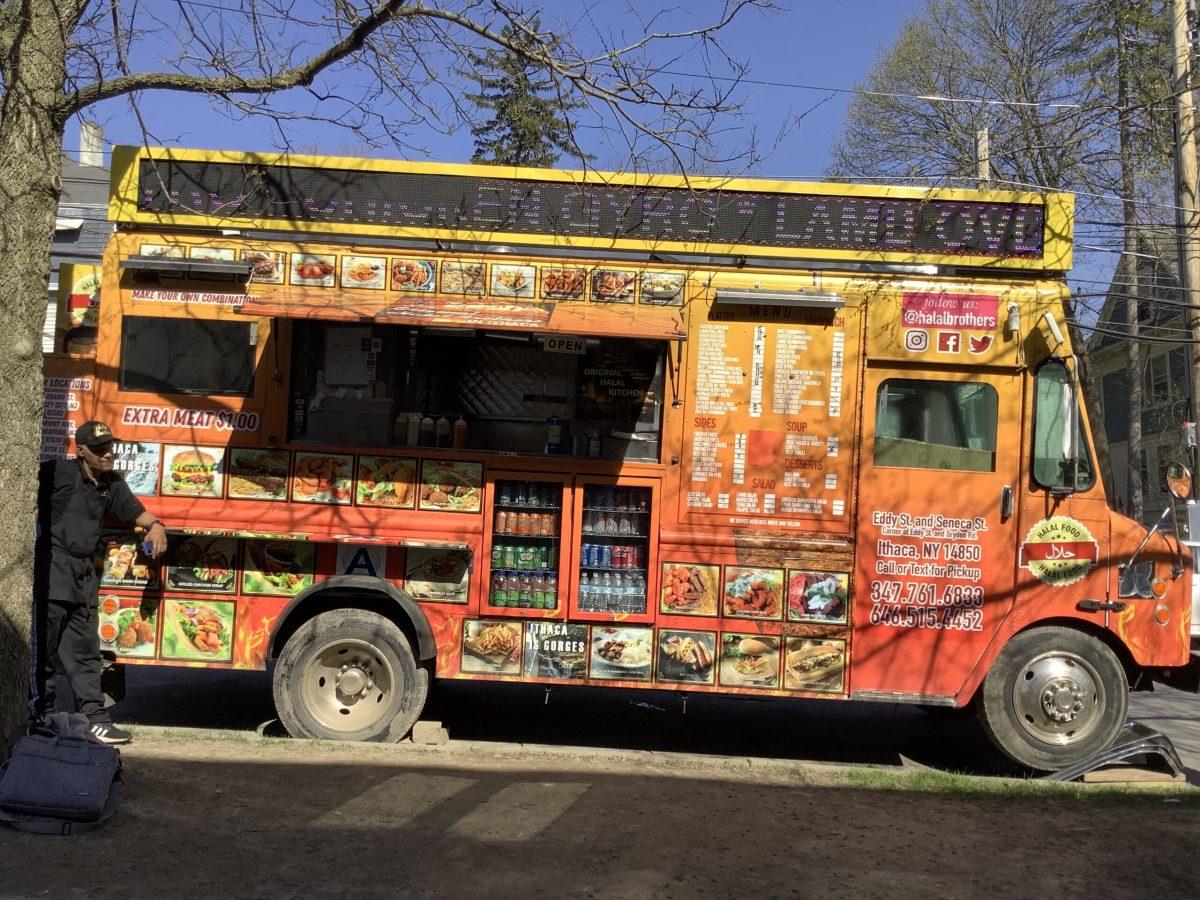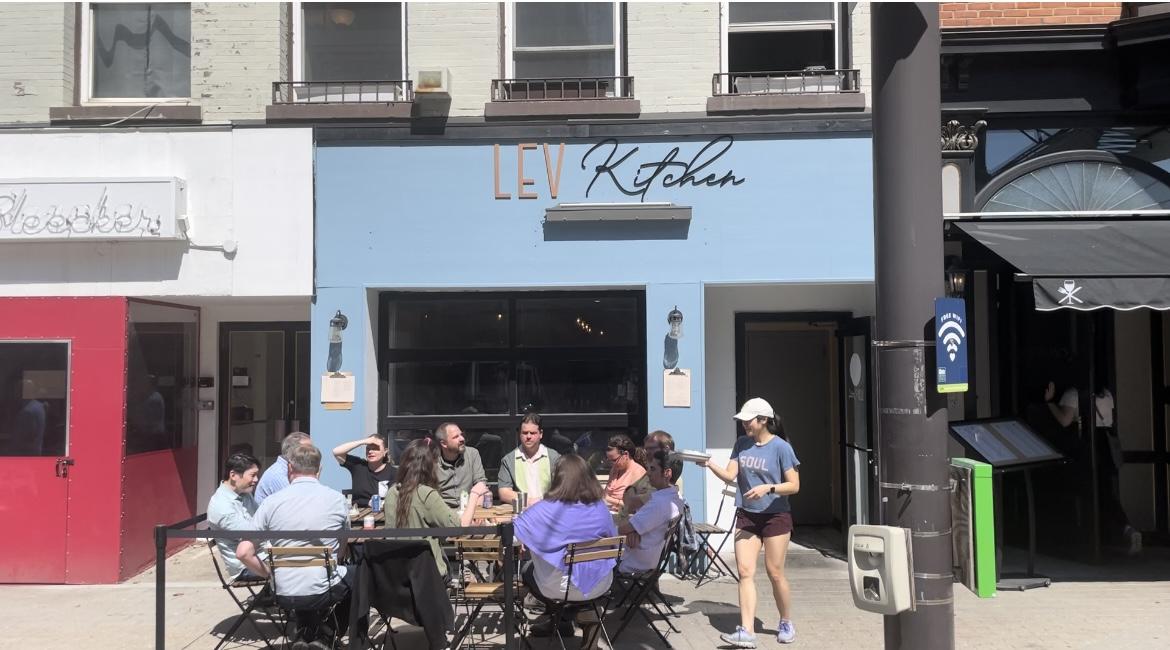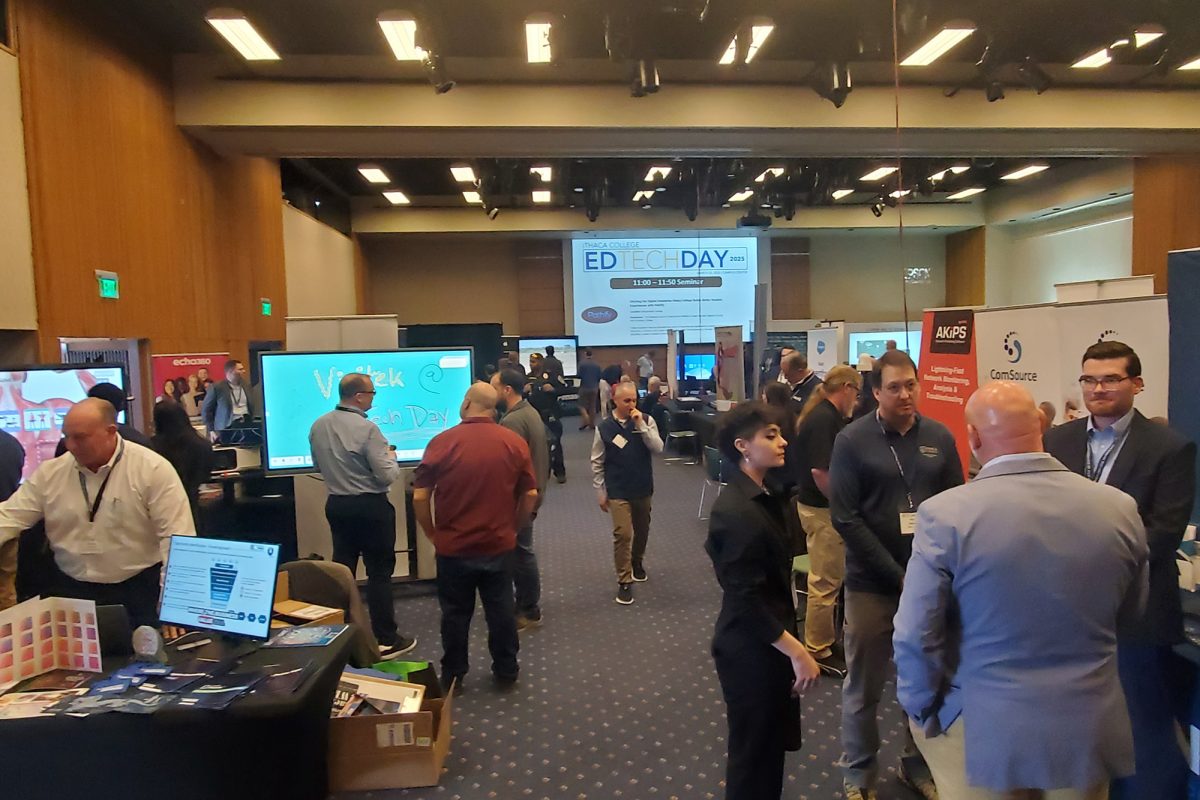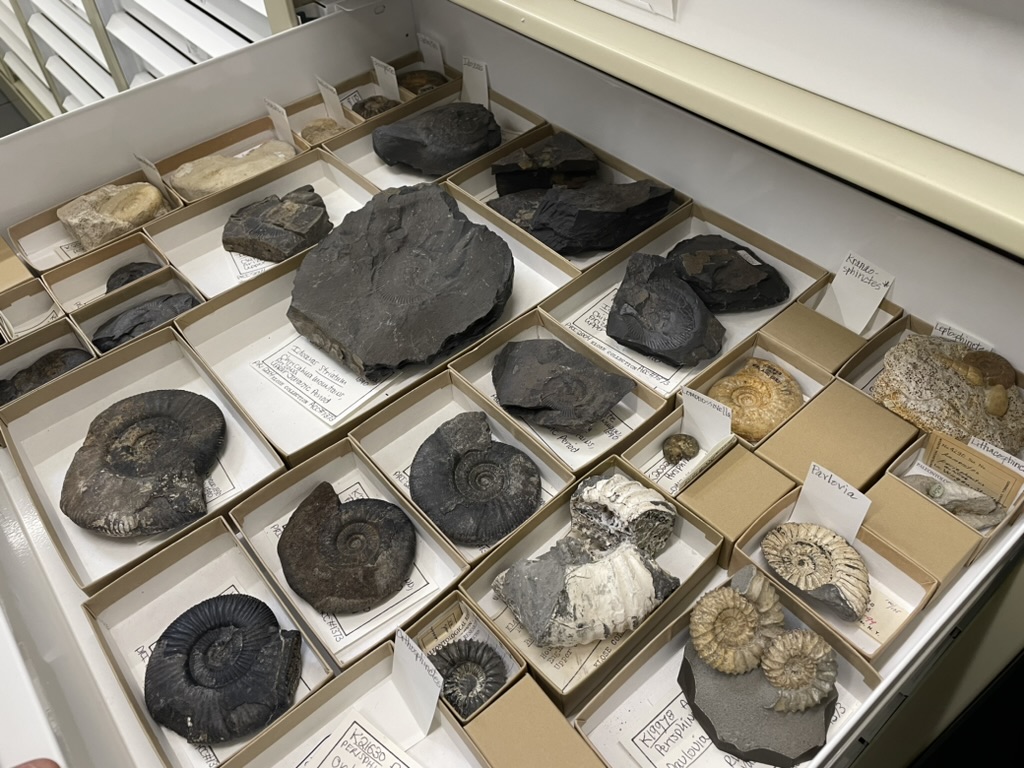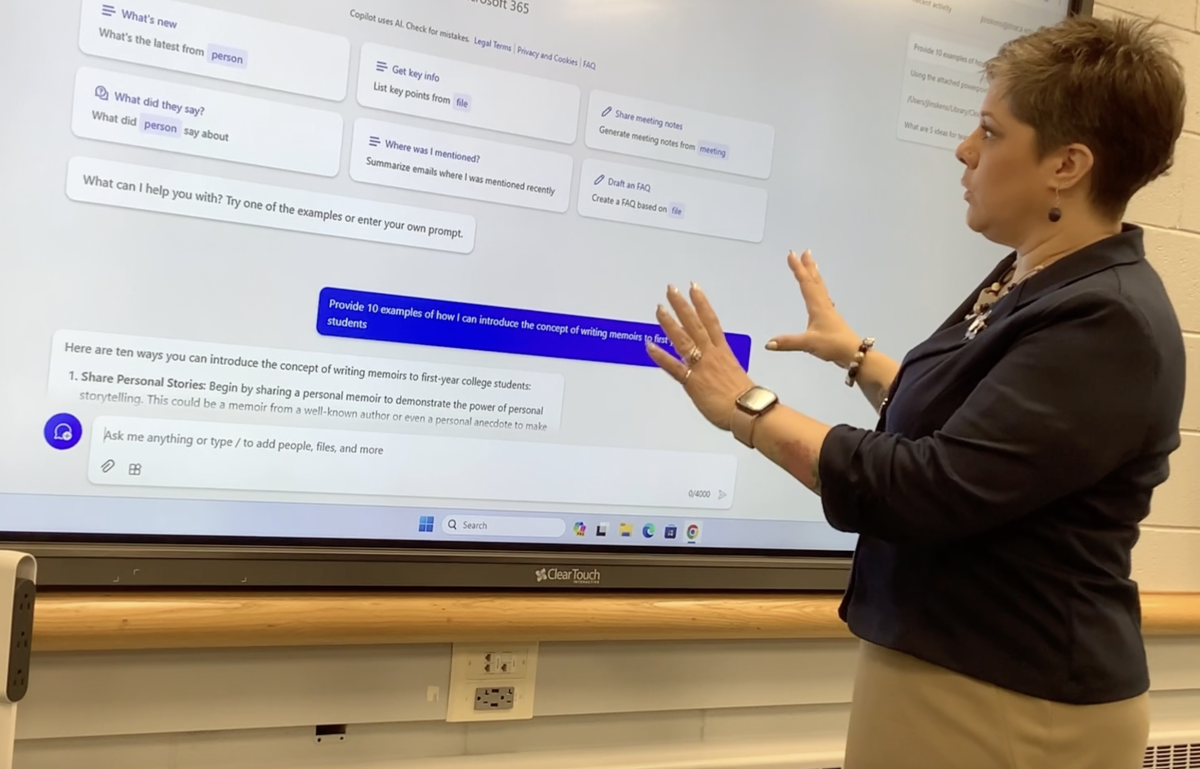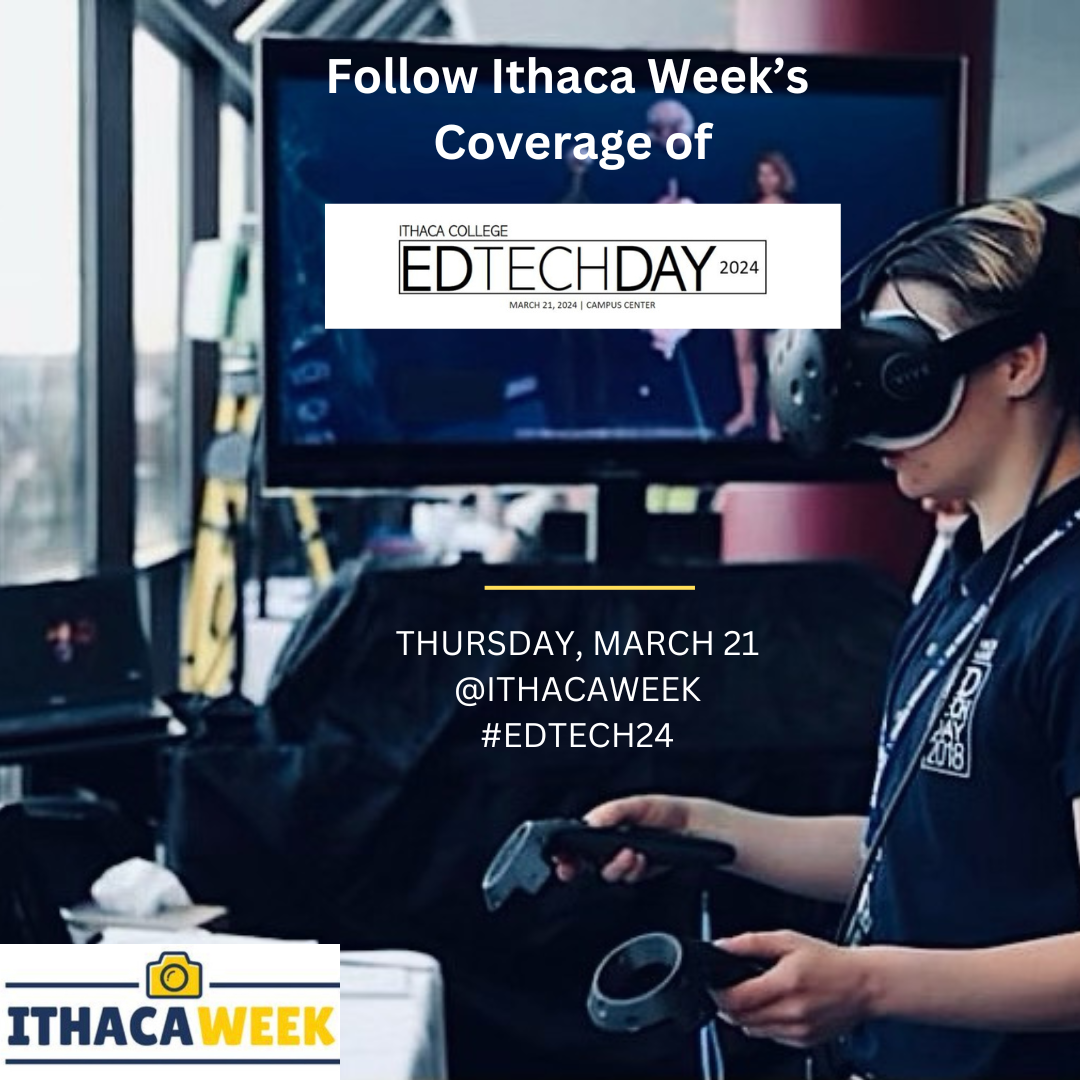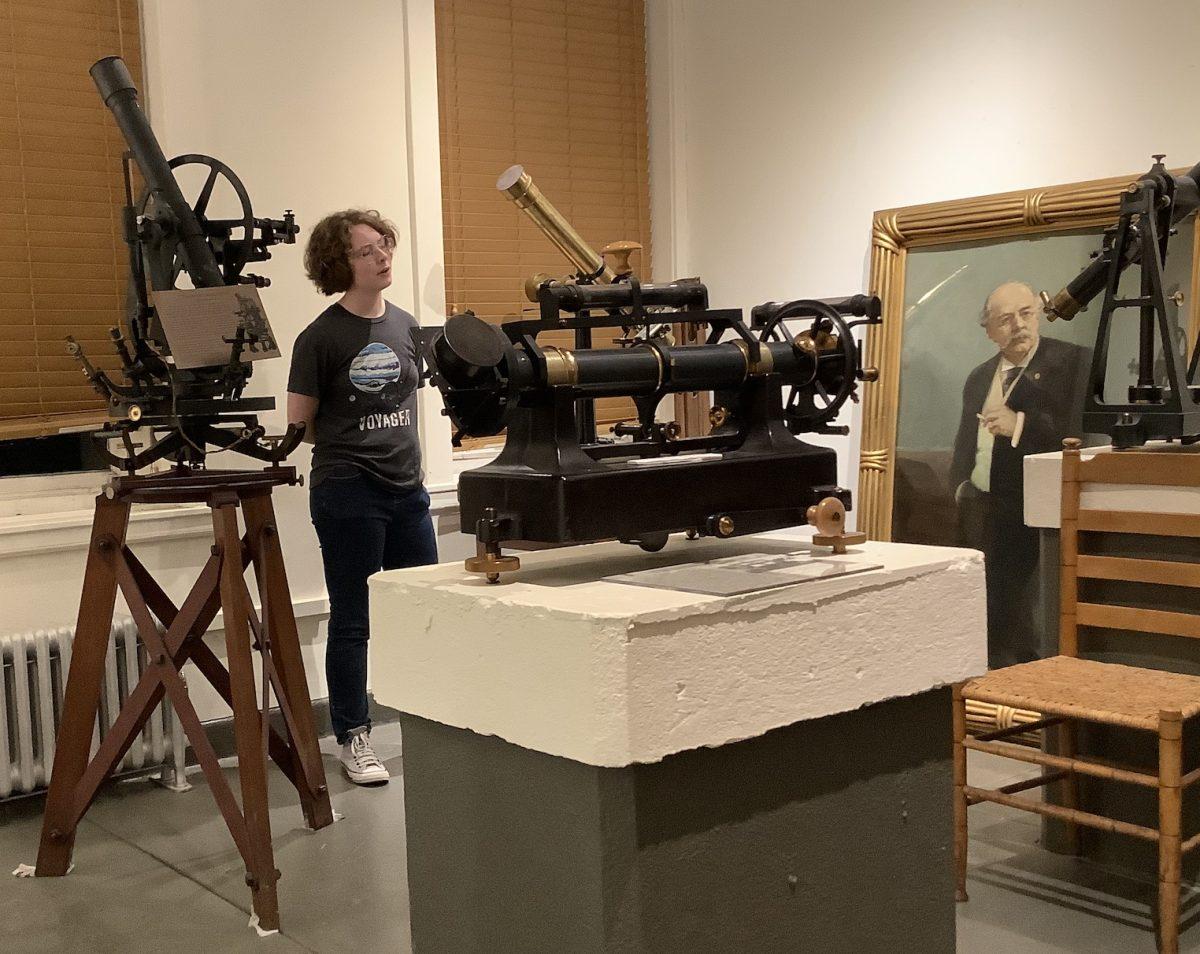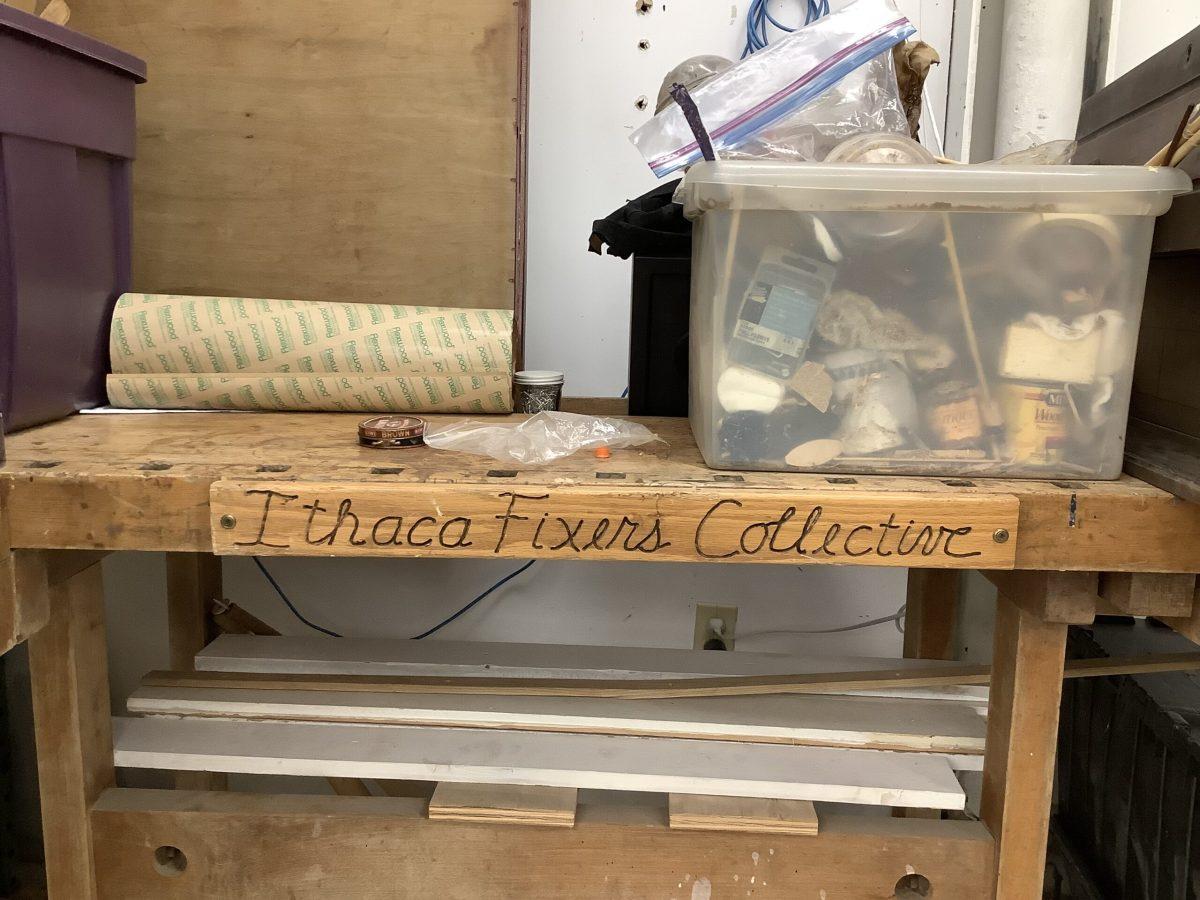Cornell University doctoral student Jason Goodman loves cooking and making hummus, so when his Concepts of Product Development class was assigned to create a healthy snack in the spring of 2017, he wanted to apply his experience of using chickpeas to his final product.
After creating several snack varieties in their food science course, Goodman and his team members, Ashton Yoon, Julie Camachi Flinois and Philip Kim came up with Grabanzos: a chickpea-based, chocolate-coated crunchy snack that resembles a malted milk ball.
Less than two years later, the group is now a five-member startup called Antithesis Foods. The team recently received a $225,000 Business Innovation Research Phase I award from the National Science Foundation (NSF) to research potential ways to use its chickpea dough in other snack products.
The Early Stages
“It seemed like the market needed…some way to get your chocolate fix, but not feel too bad about it [afterward],” said Goodman, co-founder and CEO of Antithesis. “Especially late at night, like after dinner, I always want something sweet…It’s like, ‘okay, what is available that you can have that isn’t terrible [for you]?’”
Antithesis’s main objective was to create a snack that tastes like junk food but is actually healthy to consume — meaning high in protein and fiber and low in calories.
Unlike many healthy snack companies that will use local, organic, non-GMO or all-natural ingredients, the startup uses food science to maximize taste and nutrition. Goodman said this makes his company the “antithesis” of other food brands, which is the idea behind the company name.
Using food science, Goodman said, means trying to design and create brand new ingredients or technologies to make new food, with Grabanzos’ case being a crunchy dough based on chickpeas. An example of another brand doing this is Oatly, a Swedish company that aims to “turn liquid oats into food and drinks with maximum nutritional value and minimal environmental impact,” according to its website.
Goodman and his team tackled several processes during development including ingredient sourcing, production research and marketing. After winning the class’ product development competition, the following fall semester, Antithesis was accepted into eLab — a Cornell accelerator program designed to help student startups launch their businesses.

Tom Schryver, an instructor for eLab, said the program provides Antithesis with guidance on business models, markets and product positioning.
Although eLab has assisted other student food product developments such as bumble & butter, a locally-sourced granola company, working with Antithesis has been a different experience.
“In terms of what Antithesis is trying to do, which is really use food science to create products that are as tasty as bad-for-you junk food but have nutritive aspects — that’s new to us,” Schryver said.
Kenneth Rother, managing director of eLab, said when it comes to starting a business, regardless of the type, it is crucial to pinpoint the target customer early, with Antithesis’s being the health-conscious individual.
“These are people who generally are healthy. But you know, [at] 10 o’clock at night when you’re studying and need a snack or…you’ve been ‘good’ all day, [that] doesn’t mean you should have ice cream that night,” said Rother. “[Antithesis’s customer] is that person who’s focused on eating well, but indulges and doesn’t want to feel bad for indulging.”
The Significance
Goodman said receiving a grant from the NSF validates the novelty of a product, implying that it could have a broad impact on the country and beyond.
The application process for an NSF grant is considerably extensive, requiring a research and commercialization plan, a team biography and letters of support from partners who are interested in the product. Additionally, Goodman said the NSF grant is not typically given to food product companies, with businesses similar to Antithesis usually receiving their funding from organizations like the United States Department of Agriculture (USDA).
“Everyone is like ‘oh, you guys are just a snack company,’ and we’re like, ‘no, no, no. We’re a science company,’” said Goodman. “So, when the NSF says, ‘yeah, you are a science company,’ it’s a nice third-party endorsement…it’s been incredibly exciting.”
The Future of Antithesis
Antithesis hopes to release Grabanzos in other flavors like peanut butter and mint. The team is currently starting to experiment with stripping away the chocolate coating and introducing savory flavors to the product line such as jalapeño and sour cream and onion. The idea of creating healthy croutons or cereal has also been tossed around.
“The slogan of Antithesis Foods is ‘to make better food through science,’” said Goodman. “So, taking all these decadent, delicious things and making them taste just the same, but making them much better for you using cutting-edge food sciences is our game plan and our goal.”
Schryver said a key component to the success of Antithesis is its location.
“…as [Antithesis] continues to grow their company, I think they’re finding that upstate New York is a great place to do that where within 500 miles of 100 million people, there’s great distribution, there’s wonderful retail partners for them to sell through, whether it’s Collegetown Bagels or Wegmans, or Cornell dining or whomever,” said Schryver. “It really just makes this part of the country and this part of the world just a fantastic place to start and grow a new food startup.”


